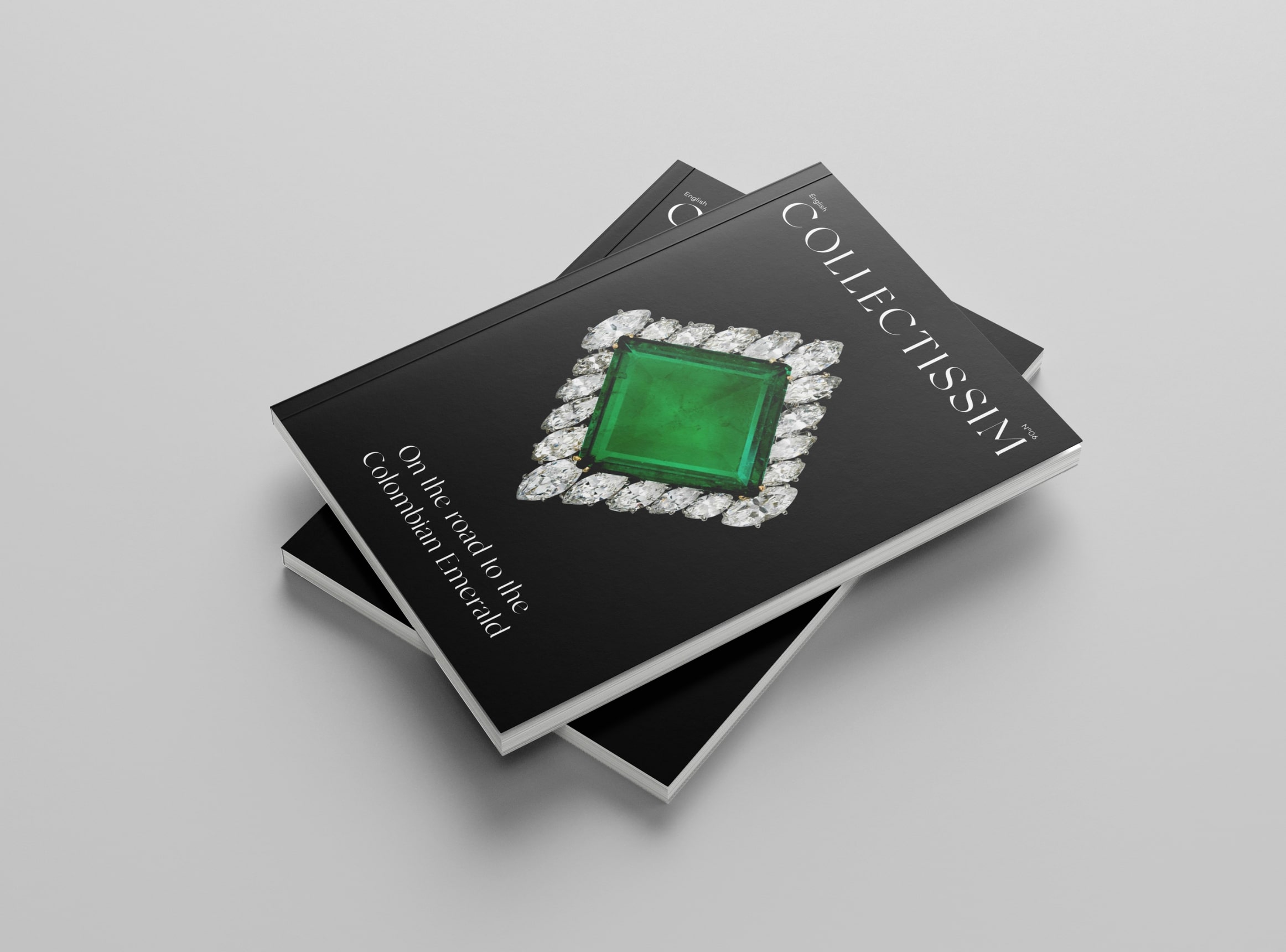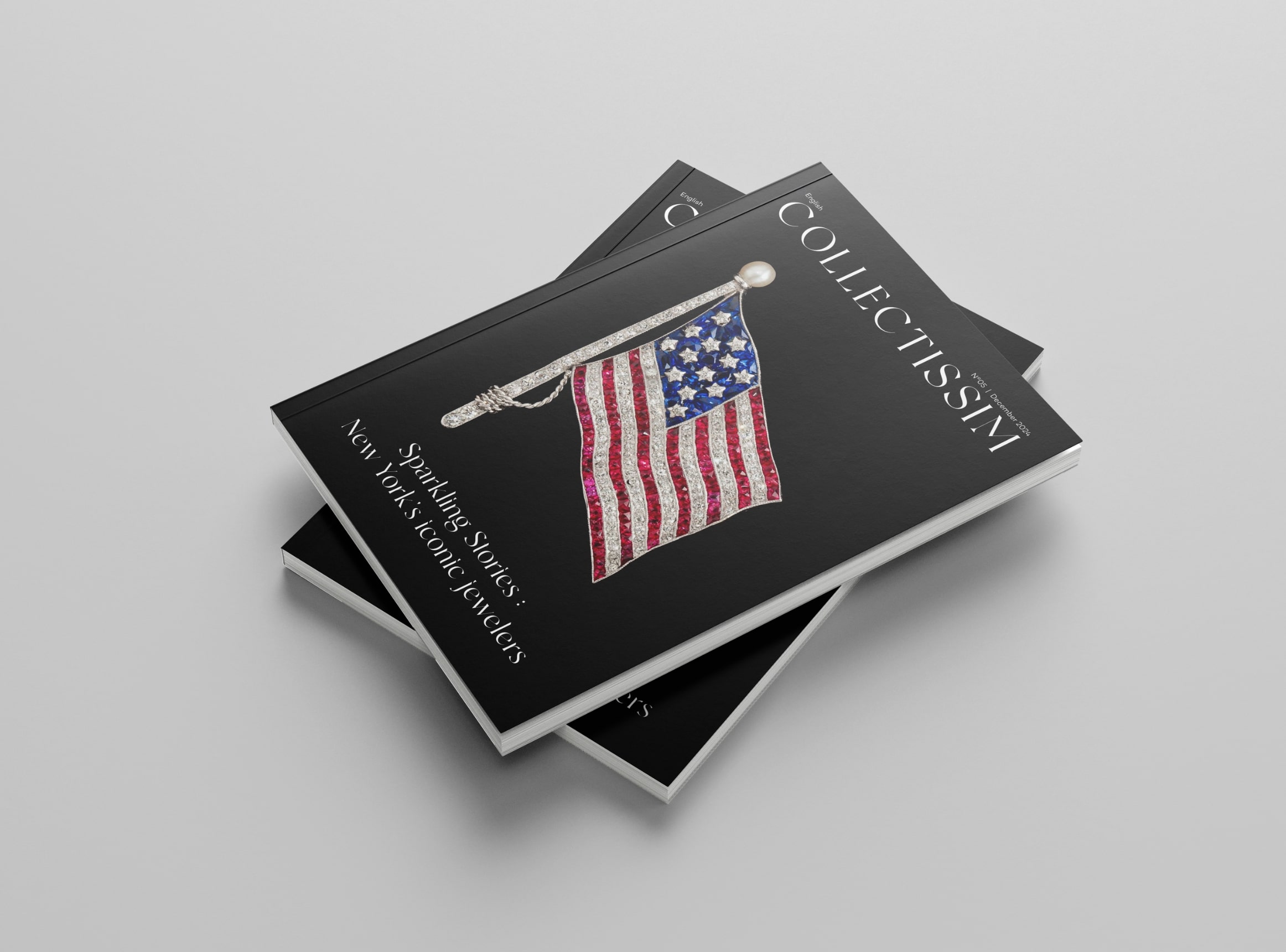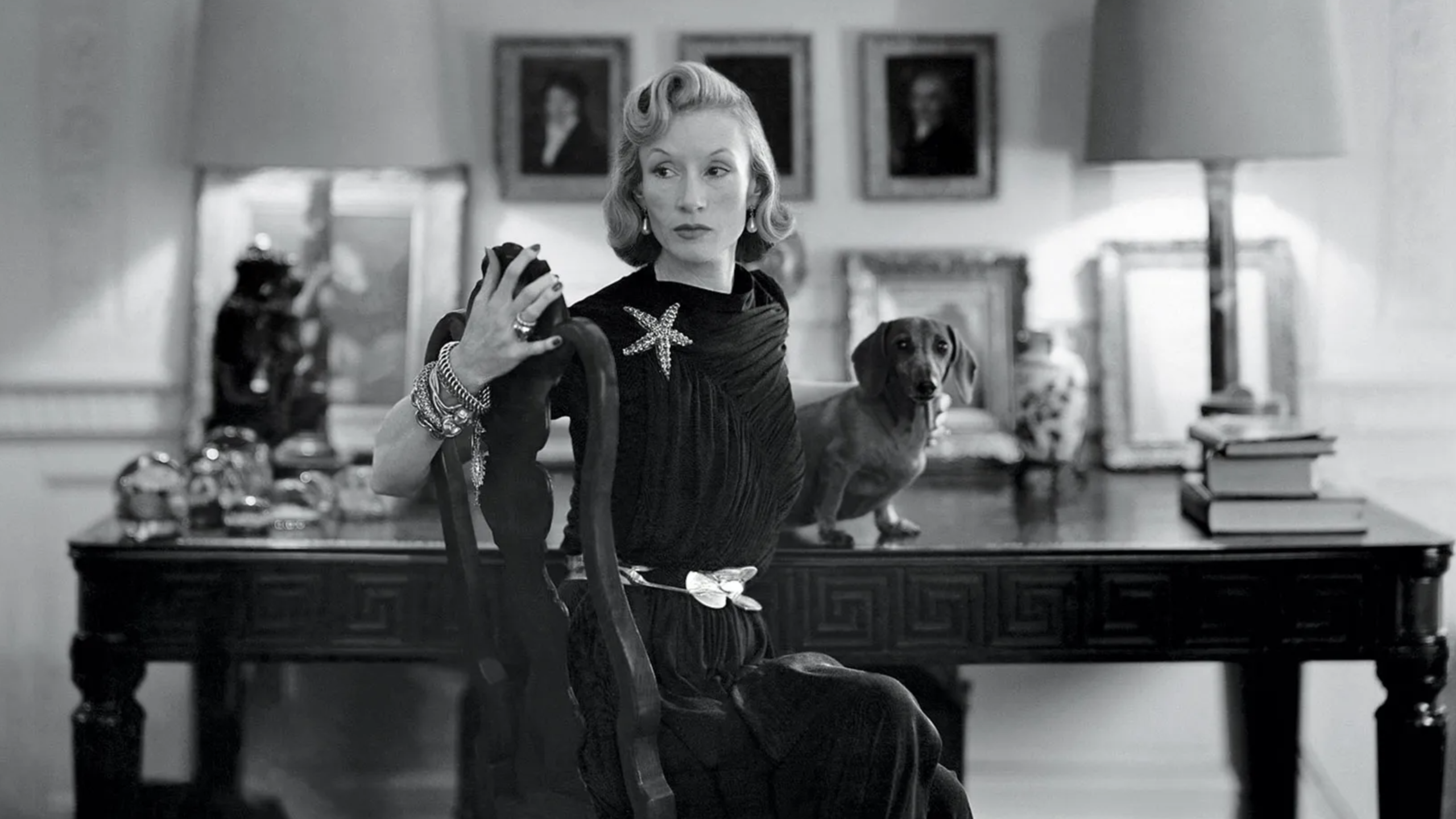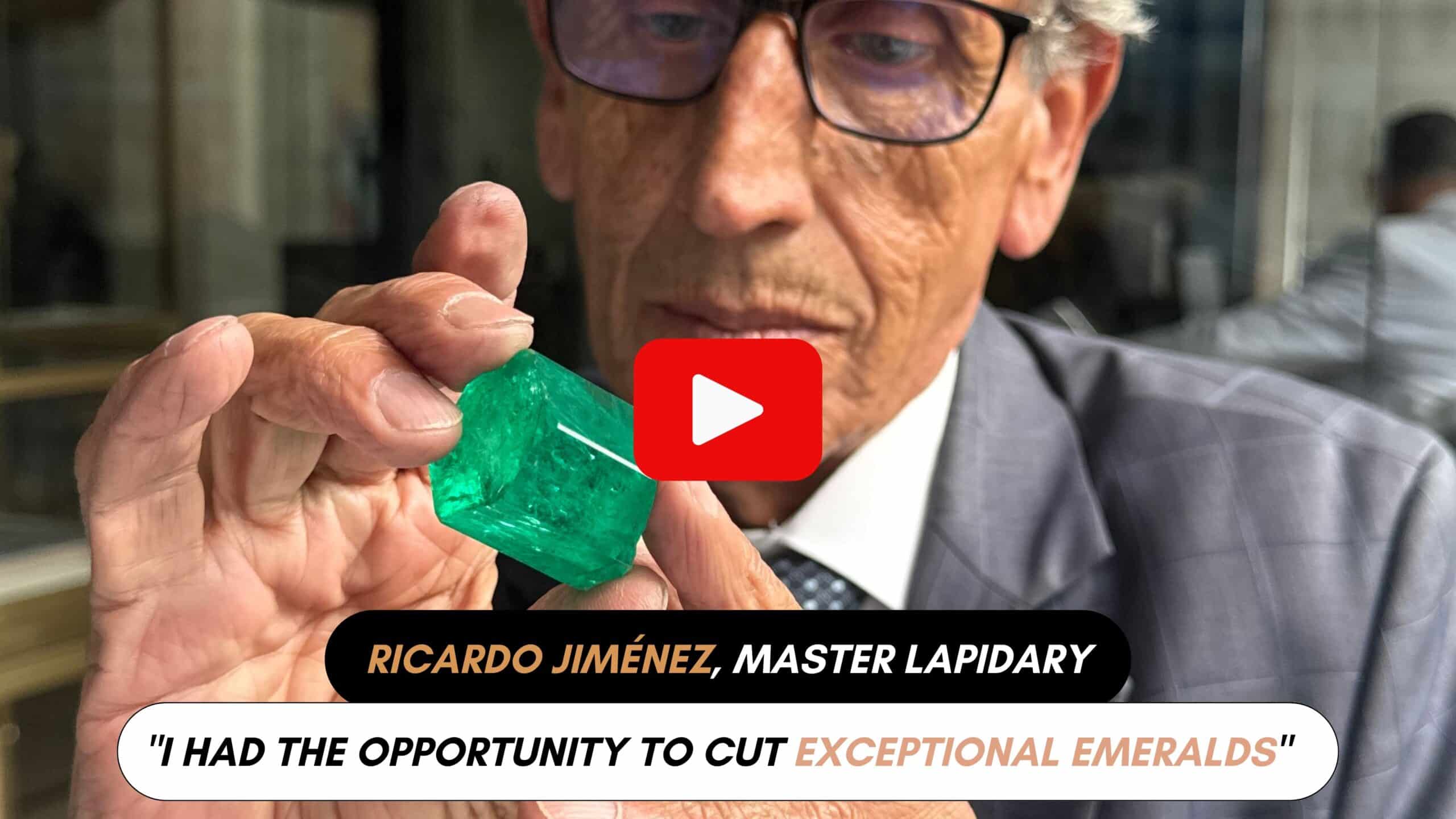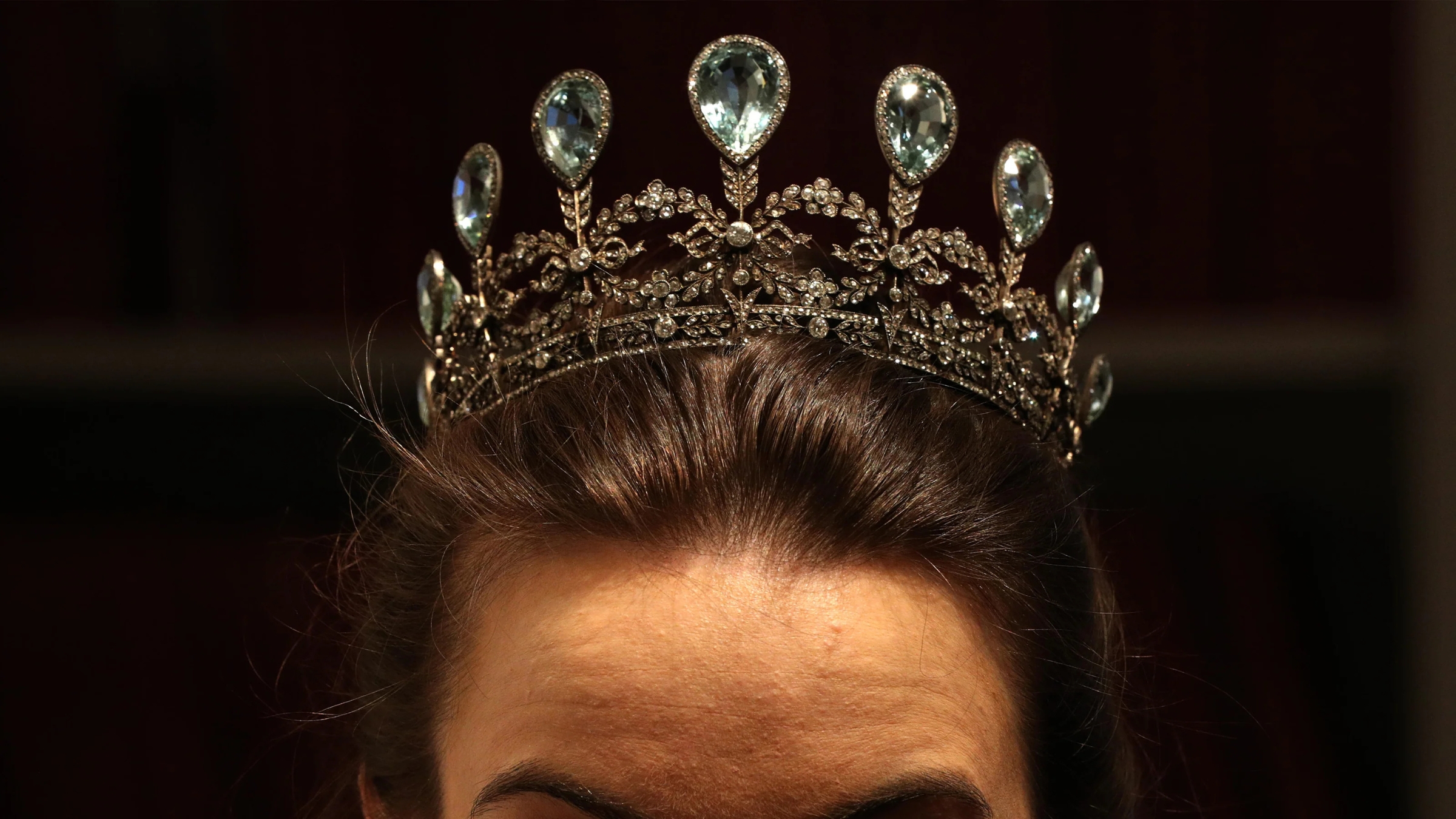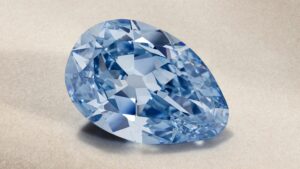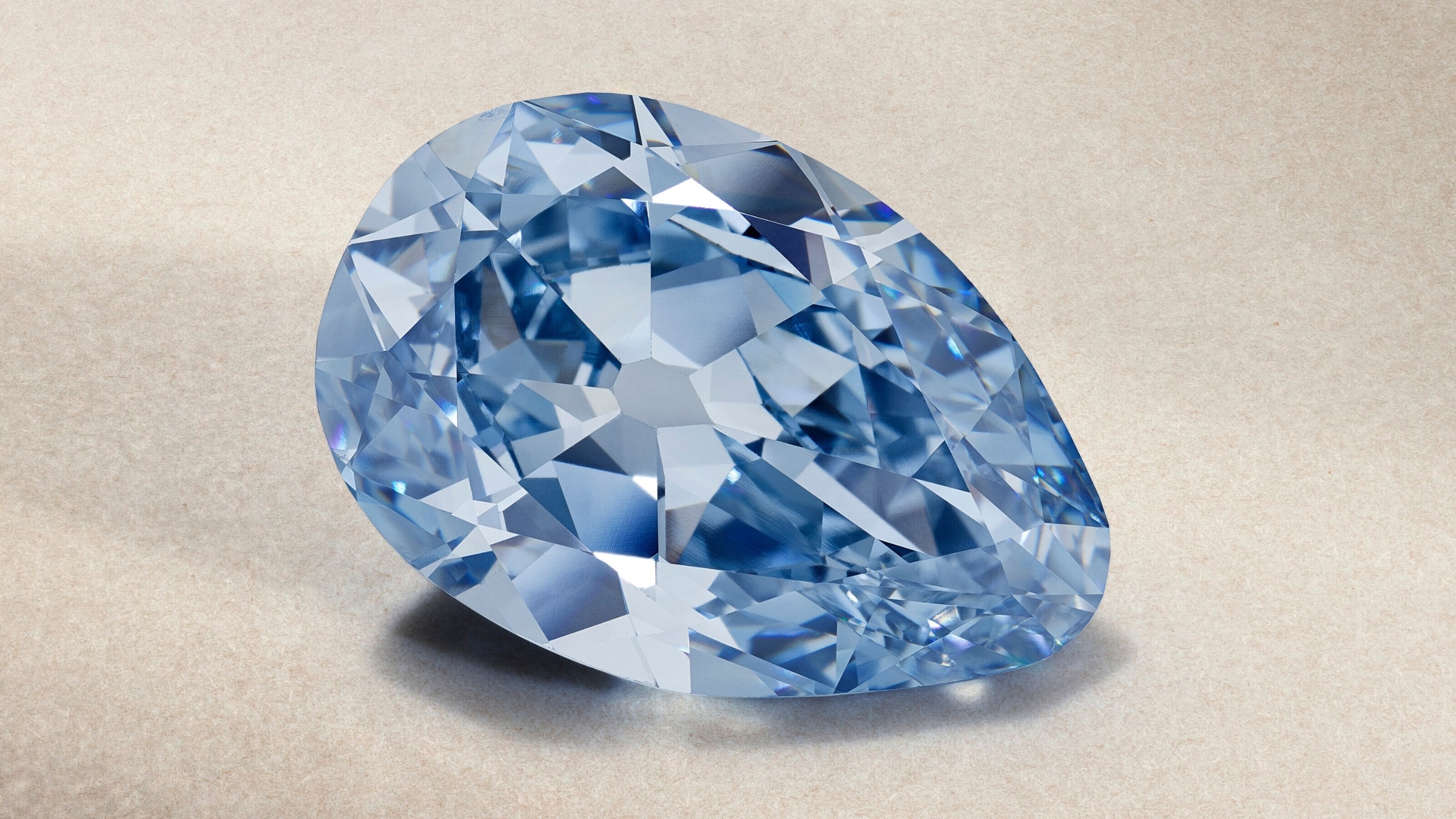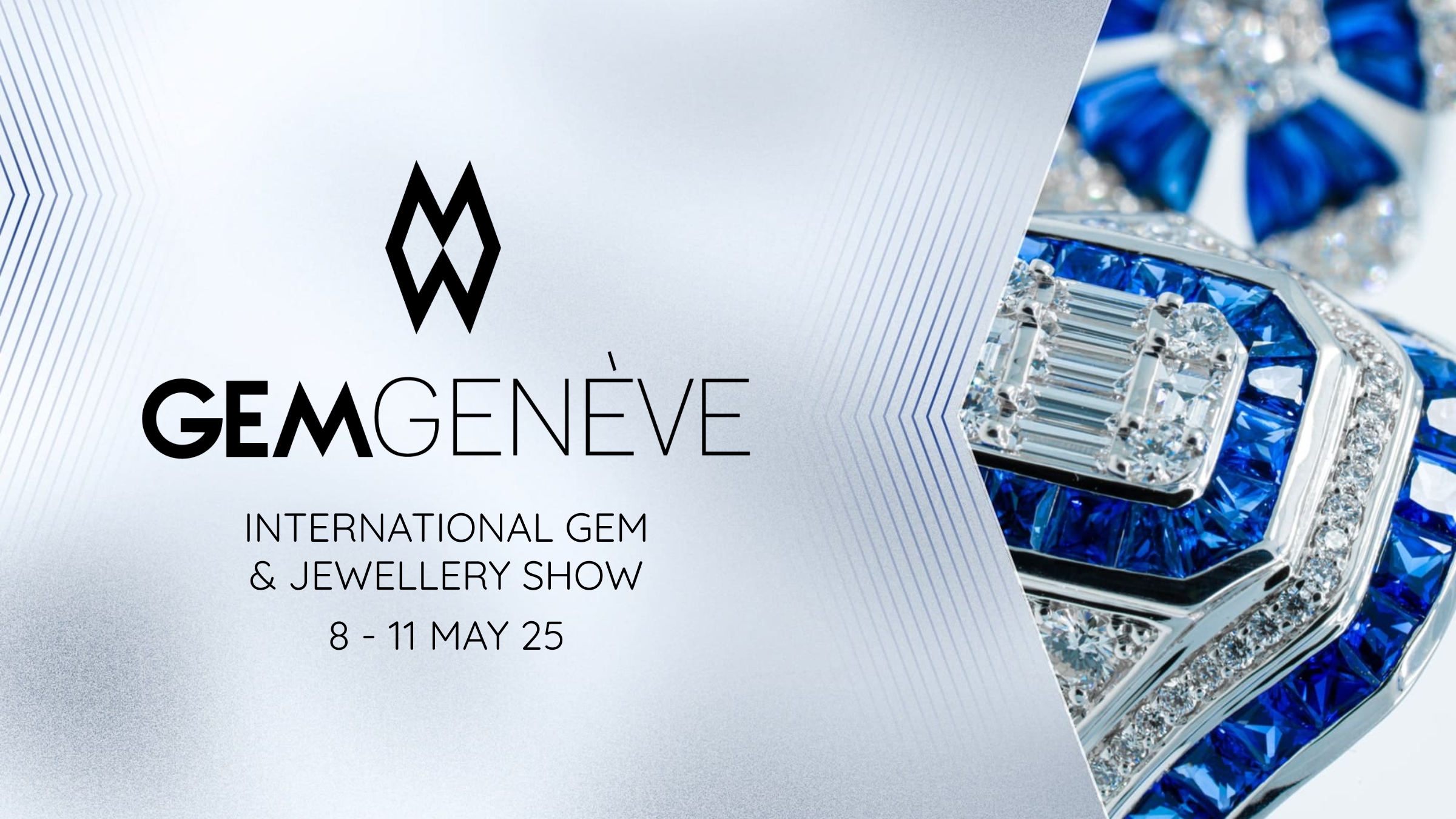The name Fabergé immediately conjures up images of luxury, craftsmanship excellence and Russian imperial history. Founded in the 19th century, Fabergé is famous for its refined creations for the Tsars, in particular its legendary imperial eggs, commissioned by the Romanov family. Thanks to his exceptional talent, Pierre-Karl Fabergé was able to transform goldsmithing into a veritable art form, having a lasting influence on the world of jewelry. This article traces the history of this prestigious house, from its beginnings to its current legacy.
The origins of the House of Fabergé
The Fabergé story began in St. Petersburg in 1842, when Gustav Fabergé founded a small jewelry store. His son, Pierre-Karl Fabergé, took over the business in 1882 and transformed it into a renowned firm. His talent and attention to detail led to his appointment as official jeweler to the Russian imperial court.
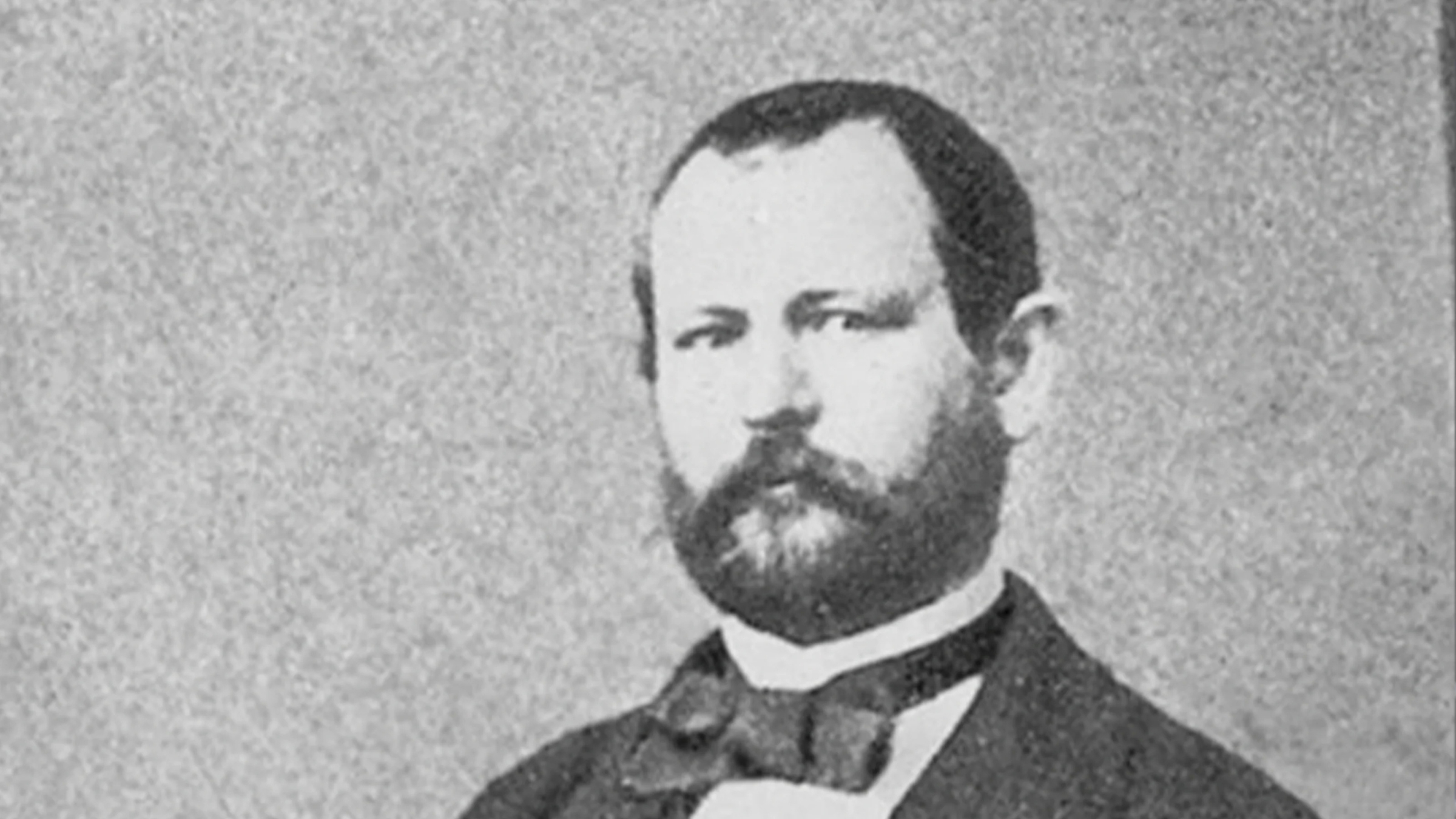
Fabergé's exceptional craftsmanship
Fabergé stands out for its innovative use of precious materials, advanced jewelry-making techniques and sense of refinement. His jewelry and objets d’art are made with noble metals, precious stones and techniques such as guilloché and translucent enameling. His creations are unique and sought-after by collectors the world over.
Fabergé eggs: a symbol of excellence
Fabergé’s eggs are undoubtedly his most famous creations. Commissioned by Tsar Alexander III and later by Nicholas II, these gold and gemstone eggs often concealed a refined surprise inside, linked to the history of the Romanovs. Sold and dispersed around the world, like many of the jewels that belonged to the Romanovs after the Russian Revolution, these works of art are now on display in leading museums and private collections. To find out more about these iconic pieces, read our detailed article : The history of Fabergé eggs.
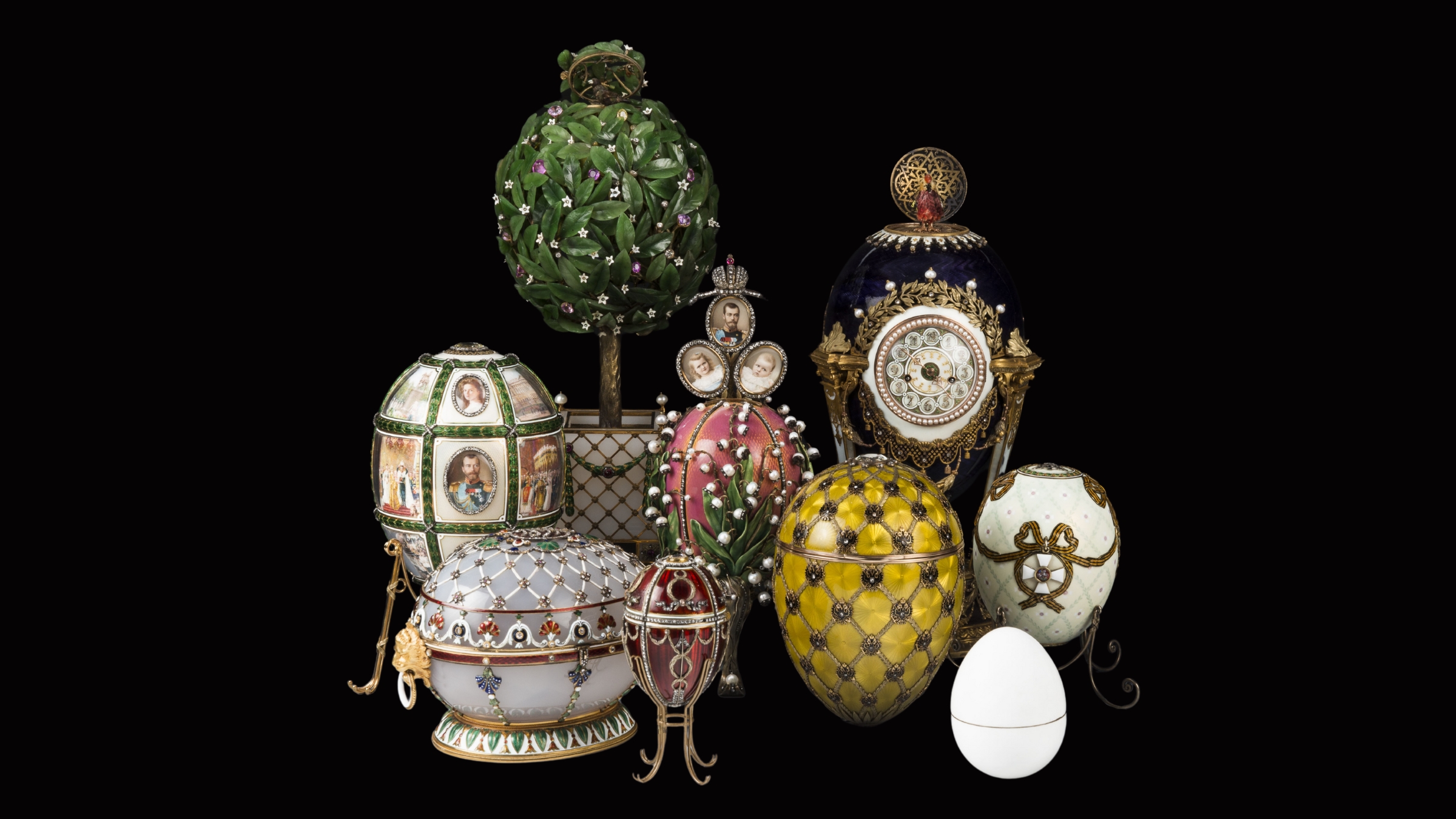
The disappearance and rebirth of the Maison
With the Russian Revolution of 1917, the House of Fabergé was forced to close and Pierre-Karl Fabergé went into exile in Switzerland, where he died in 1920. For decades, the brand fell into oblivion before being reborn in the 2000s. Today, Fabergé perpetuates its heritage by creating jewelry inspired by its glorious past.
The heritage of the House of Fabergé in modern jewelry
Fabergé’s influence can be seen in the art of contemporary fine jewelry. His creations continue to inspire craftsmen and passionate collectors alike. His expertise, combined with his refined designs, make him an essential reference in the history of jewelry. Fabergé remains a symbol of excellence and refinement, a name inseparable from Russian imperial history and the art of goldsmithing. His legacy has endured down the centuries, fascinating jewelry and history lovers to this day.
